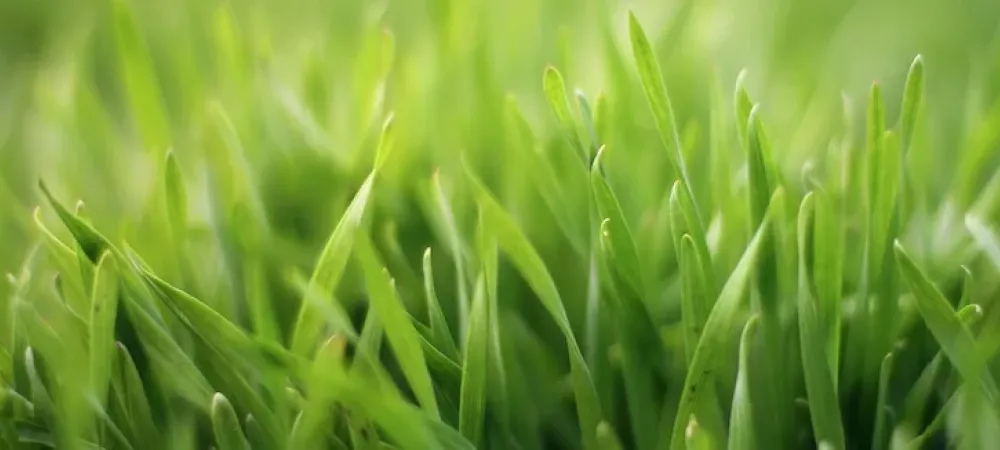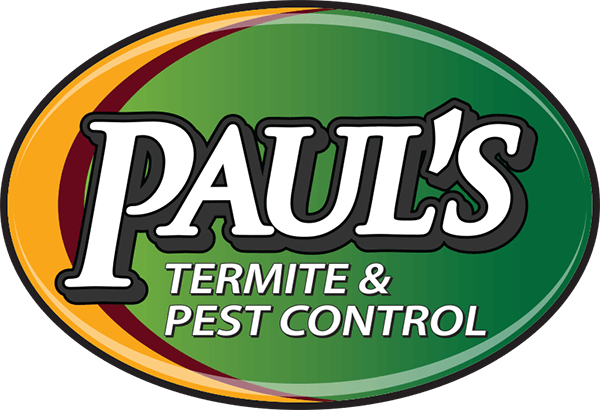
Buying a new home in Tallahassee is such an exciting time. Unfortunately, it also brings along a new set of responsibilities, many of which you may be completely unfamiliar with — one of them being lawn care. If you have never had to care for a yard before, this may be uncharted territory for you.
It can be hard to figure out where to begin, so we thought we’d help you get started! This lawn care manual is designed to guide homeowners who have a brand new lawn to care for throughout the year! Take a look at some of the advice from the experts at Paul’s Termite & Pest Control on lawn care for beginners. Once you’ve got the basics down, you can check out our blog on sprucing up your lawn for the springtime.
Mowing
Mowing the lawn is one of the most time-consuming responsibilities for homeowners. But, did you know that cutting your lawn puts stress on your grass? Mowing properly and at the right time makes a big difference for both your lawn’s health and the way it looks.
Best time to mow: The rule of thumb is to mow your grass when it needs it, but how do you know when that is? During the fall and winter, weekly trimmings keep your lawn in good shape. But when the weather grows warmer, and your grass grows faster, you can mow once every 4-5 days. Follow the 1/3 rule: don’t cut away more than 1/3 of the grass blade in any one mowing.
Why?: Taller grass absorbs more moisture and grows deeper roots that help your lawn better tolerate drought. When grass is longer, it also cools the soil and reduces evaporation.
Remember:
- Sharpen your mower blades on a regular basis because dull blades tear grass and leave it susceptible to stress.
- Change direction each time you mow.
- Mow high, setting the mower at a height of 2 to 4 inches.
Watering
Lawns need hydration–there’s no question about it. But too much or too little water can cause problems. A regular watering schedule that takes into account the specific needs of your lawn is best.
Best time to water: The ideal time to turn on the sprinkler is during the hours of 6 AM and 10 AM. Don’t water the lawn during the hottest hours of the day or at night.
Why?: During the hours of 6 AM and 10 AM, there is less wind and less hot sun. In addition, watering early allows your grass to dry completely. If you water from 11 AM to 3 PM, then your grass can lose too much moisture to wind and evaporation. Watering at night isn’t recommended because it won’t have a chance to dry, leaving it at risk of disease and fungus.
Remember:
- Set sprinklers to water your lawn 1/2 inch twice per week.
- Aim to water your grass 6 inches into the soil to reach the roots or about 15-30 minutes.
- Irrigation systems are the best way to ensure proper watering.
Fertilization
Grass needs fertilizer for the nitrogen and other nutrients it contains. Spreading fertilizer at the right time prevents waste. Figuring out the ideal time to fertilizer depends on several factors.
Best time to fertilize: Honestly, it depends where you live.
For the North: Feed in fall and spring.
For the South: Feed in spring and summer.
Why? Cool-season grasses (tall fescue and Kentucky bluegrass) grow rapidly in the cooler months of fall and spring. Feeding them during these months keeps them growing longer and provides them with the reserves they need for green-up in the spring.
Warm-season grasses (Bermuda grass and St. Augustine grass), grow quickly when the weather is warm. For that reason, you need to fertilize them in late spring/early fall. If you spread fertilizer too early in the spring, you risk the growth of cool-season weeds. If you spread fertilizer too late in the fall, the grass won’t be as healthy entering the cold weather season and will be at risk of injury.
Remember:
- Conduct a reliable soil test before choosing a fertilizer.
- Follow the instructions on your fertilizer label.
- Don’t get fertilizer on sidewalks and driveways where it can wash into storm drains.
Controlling Weeds
The easiest way to prevent weeds on your lawn is by taking proper care of it. A thick, healthy lawn can choke out weeds before they find room to establish themselves. Common weeds include broadleaf weeds, perennial grassy weeds, annual grassy weeds, and crabgrass.
Best way to control weeds:
- Broadleaf weeds require spot-killing or broad treatment.
- Perennial grassy weeds do not respond to broadleaf killers and pulling them sprouts new plants. Instead, use a non-selective herbicide.
- Annual grassy weeds like crabgrass are tricky to combat. It dies at the end of each growing season after producing thousands of seeds to grow in the spring. Apply crabgrass killer between the first and third spring mowings to prevent seeds from germinating.
Why?: A few weeds can be pulled up by hand, but many will grow right back. It may appear that the entire weed was pulled out, but if the root breaks, what is left in the soil will just sprout new weed growth above the soil.
Remember:
- Pulling broadleaf weeds by hand usually doesn’t work because many will grow right back.
- Choose the appropriate weed killer for your grass.
- Read and follow the directions on the label.
Aeration and Overseeding
Aeration and overseeding are important because the process allows water, air, and nutrients to reach deep into the roots. During aeration, thousands of small plugs are removed from the soil, followed by overseeding.
Best time to aerate: Lawns should be aerated when the soil is moist, and grass is actively growing. Late summer and early fall are the ideal times to ensure rapid recovery.
Why? If the soil is too dry, then aerators won’t be able to penetrate the soil deeply enough. Spring aeration can result in bringing weeds to the surface and summer months are usually too hot.
Best time for seeding: Overseeding in the fall is recommended.
Why? In the fall, there is less weed competition, less soil saturation, and grass grows best in early fall (and early spring).
Remember:
- Mow before aeration and overseeding.
- Choose the correct grass seeds.
- Don’t settle for bargain seeds that aren’t as high in quality.
Don’t Have Time For All of This?
The truth is this is just the tip of the iceberg when it comes to lawn care — it also involves many other factors including pests, diseases, and more. With the many responsibilities of life, lawn care can easily fall last on the priority list.
If you want a beautiful yard you can enjoy but don’t have the time to care for it, let Paul’s Termite and Pest Control help. Our professional technicians can handle all of your lawn care needs in Tallahassee–all year round. Our mission is to give you the lawn of your dreams without the hassle of maintaining it. Put your grass in our hands, and we promise you’ll love the results!
With our lawn care package, we offer the following:
- Fertilization
- Weed Control
- Insect protection
- And other strategic, proactive services
